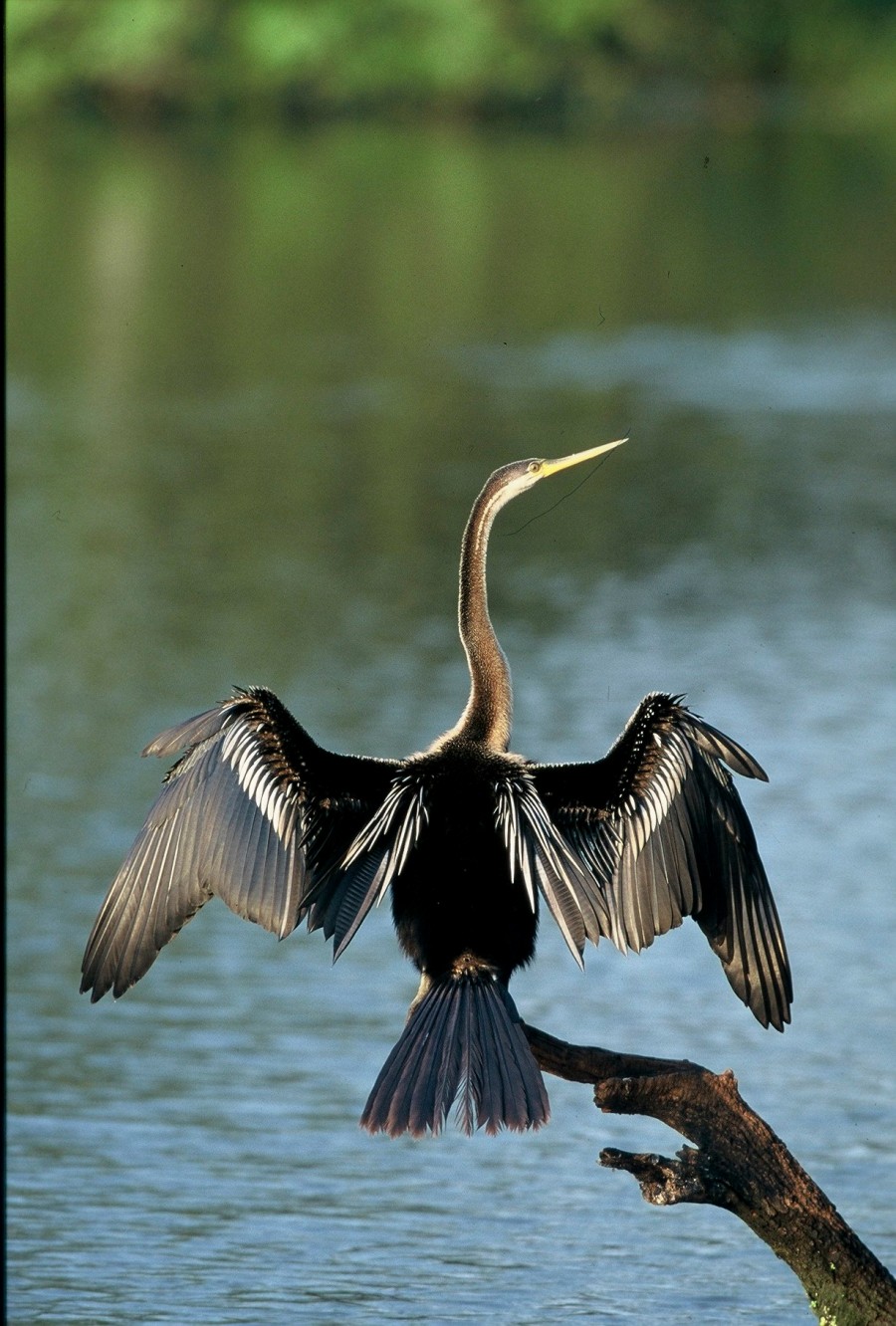
The squacco heron is a migrant, wintering in Kenya. This is a stocky species with a short neck, short thick bill and buff-brown back. In summer, adults have long neck feathers. Its appearance is transformed in flight, when it looks very white due to the colour of the wings. The squacco heron’s breeding plumage is recognized by sky blue bill as clearly seen in the photo above with a black tip. It prefers marshy wetlands as a breeding site. The birds nest in small colonies, often with other wading birds, usually on platforms of sticks in trees or shrubs. This species being a terrestrial bird, is mostly seen in lakes, river valleys, swamps and other permanent or temporary freshwater wetlands in Kenya Rift Valley, Lake Victoria rice fields, Central highland ponds and on both north east and south cost of Kenya.









